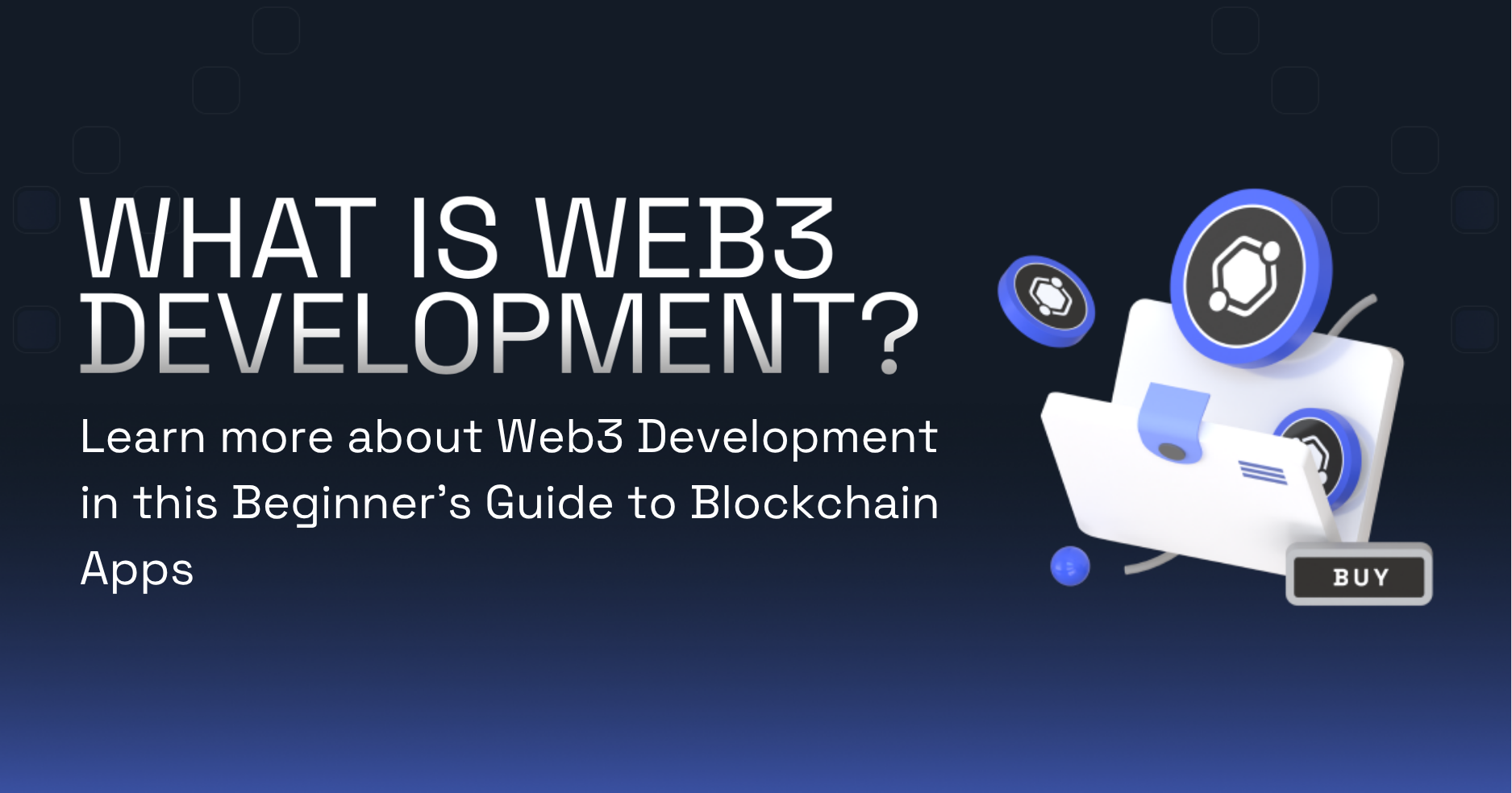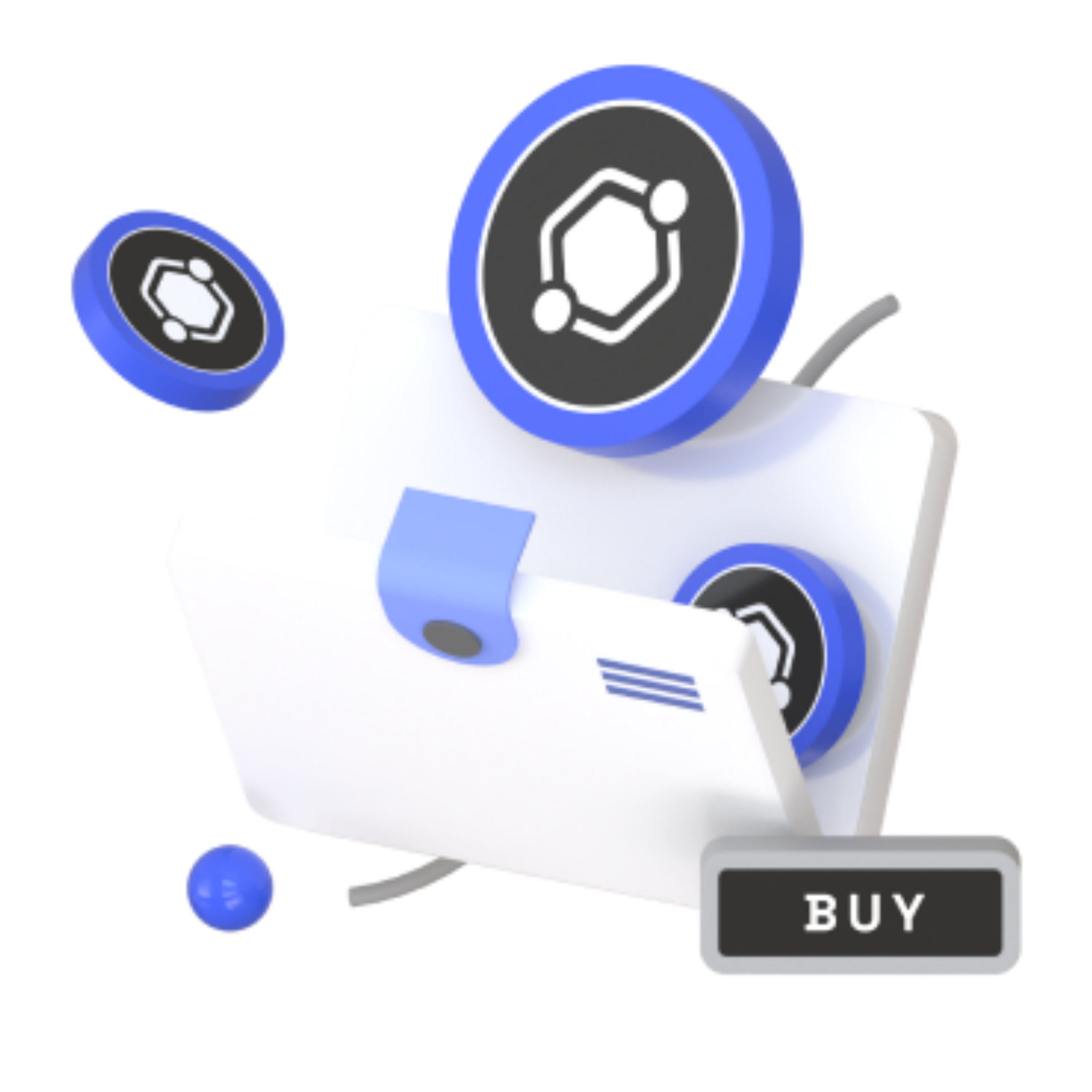What Is Web3 Development? | Beginner’s Guide to Blockchain

Web3 is more than just a buzzword — it’s the foundation for the next generation of the internet. Instead of relying on centralized platforms, Web3 applications are built on blockchains, offering users greater control, transparency, and ownership.
But what does it mean to develop in Web3? Let’s break it down.
What Is Web3 Development?
Web3 development refers to building decentralized applications (dApps) that run on blockchain networks like Ethereum, Base, or Solana. These apps often use smart contracts — self-executing code that lives on-chain and controls logic without middlemen.
Unlike Web2 apps, which depend on centralized servers, Web3 apps interact with decentralized networks and often require:
- A frontend (just like Web2)
- A backend (optionally)
- One or more smart contracts deployed to the blockchain
Key Tools and Technologies
If you’re just getting started, here are a few essential tools and languages to know:
- Solidity – The most popular smart contract language (used on Ethereum and EVM chains)
- Hardhat / Foundry – Developer frameworks for writing and testing smart contracts
- Ethers.js or web3.js – Libraries to connect frontend apps to the blockchain
- Metamask – A browser wallet for interacting with dApps
- Node.js – Often used for backend infrastructure and off-chain logic
What You’ll Build in Web3
Here are some common types of dApps you can build:
- DeFi platforms – lending, swapping, staking
- NFT marketplaces – minting and trading unique digital assets
- DAO tools – governance systems for online communities
- On-chain games – interactive, provably fair gaming experiences
Getting Started: First Steps
Want to start building? Here's a simple path:
- Learn Solidity – Start with a simple smart contract like a token or voting system.
- Set up Hardhat – Create a local development environment and test your contracts.
- Deploy to Testnet – Try deploying to networks like Sepolia or Mumbai.
- Build a dApp Frontend – Use React or Next.js to create a simple UI.
- Connect Wallets – Add Metamask support with Ethers.js.
We’ll cover each of these in future guides — stay tuned!
Final Thoughts
Web3 development opens up a world of possibilities — from redefining finance to reinventing digital ownership. Whether you're a seasoned engineer or just learning to code, there’s room to grow in the decentralized future.
👉 Want to dive deeper? Check out our upcoming guides on smart contracts, dApp architecture, and real-world case studies.

Subscribe to our Newsletter
Thank you for subscribing!